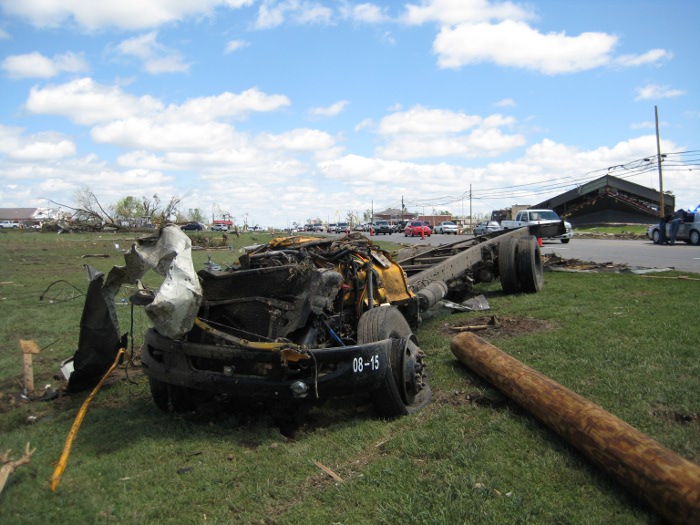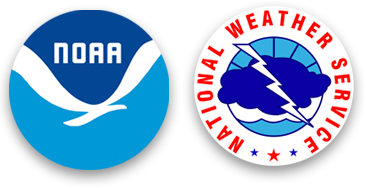Winds of Change: The 2011 Tornado Outbreak and the Birth of a Weather-Ready Nation - National Weather Service Heritage

Winds of Change: The 2011 Tornado Outbreak and the Birth of a Weather-Ready Nation
By Emily Senesac (emily.senesac@noaa.gov)Since its storied yet humble beginnings almost 150 years ago, the National Weather Service has been relentlessly dedicated to providing accurate, timely forecasts to citizens across the nation. As technologies have improved and communication capabilities have evolved over time, forecasts and warnings are more prompt and precise than ever before. However, despite the monumental growth and development of forecasting and technological abilities, are those improvements enough to help fully prepare a nation for impending storms?
Tragically, that question was answered in late April of 2011, as a monstrous tornado outbreak ripped across the southeastern United States. While forecasts for the event were extremely accurate and arrived almost a week ahead of the storm, there were still hundreds of fatalities. In fact, the 2011 outbreak resulted in almost the same number of fatalities as a similar outbreak in 1974, the latter of which was forecast only a few days prior and left little time for community preparation. The likeness between these two storms brought something very important to light: preparation and resiliency could not be achieved with accurate or timely forecasts alone.
In the weeks following this disastrous event, it became increasingly evident to the NWS that forecasts, while necessary, were only valuable if they provided useful information to the right individuals. In other words, forecast procedures needed to take into account the emergency personnel and public safety officers across the nation who would be making life- and property-saving decisions, as well as the general public. Thus, the concept of a Weather-Ready Nation (WRN) was born, designed to help increase readiness, responsiveness, and resilience for environmental hazards nationwide. In addition to this exciting vision, the NWS also developed a new approach for forecasting called Impact-Based Decision Support Services (IDSS) which would play a major role in working to create a WRN.
The creation of IDSS helped foster an entirely new environment for the NWS, firmly rooted in the integration of the social and physical sciences. While forecasts had previously been focused primarily on physical occurrences, it quickly became clear that one step on the road to a WRN was the consideration of human and societal factors in issuing and communicating forecasts. To that end, IDSS helped combine the science, technology, and forecasts of the NWS with the overarching social aspects that would help forge a Weather-Ready Nation.
The process of transitioning to IDSS was not motivated solely by the goal of a WRN; rather, it was due in part to a complete, unyielding dedication to the overall mission of the National Weather Service. The need to connect improved forecasts and warnings to decision-makers across the country became apparent, with the long-term goal of protecting life and property. One major shift occurred in the direction of “Last Mile” forecasting, a refocusing of procedure that emphasizes the delivering of forecasts to safety officials and to the public. The goal is to ensure that decision-makers and citizens alike make informed decisions and understand the impending situation to the best of their abilities, which in turn help achieve NWS’s mission of protecting life and property from extreme weather, water, and climate events. To aid in this new focus, the Weather Service uses IDSS to focus on improving connections to decision-makers across the country. By highlighting the need for education, outreach, and collaboration with public safety officials and emergency management personnel nationwide, the NWS took a vital step towards improving preparedness and resilience.
Over the last decade, the National Weather Service has fully recognized the key to accomplishing our mission and creating a prepared, resilient nation: the connection between forecasts and the life-saving decisions that allow communities to withstand them. Moving forward, the NWS is continuing its efforts to serve the public, assist decision-makers, and work towards creating a Weather-Ready Nation that is prepared for anything.
Additional Reading:
- https://journals.ametsoc.org/doi/full/10.1175/BAMS-D-18-0159.1 (An original article published in the October 2019 issue of the Bulletin of the American Meteorological Society by NWS Director Dr. Louis Uccellini and John Ten Hoeve, Deputy Director of the NWS Office of Organizational Excellence.)
